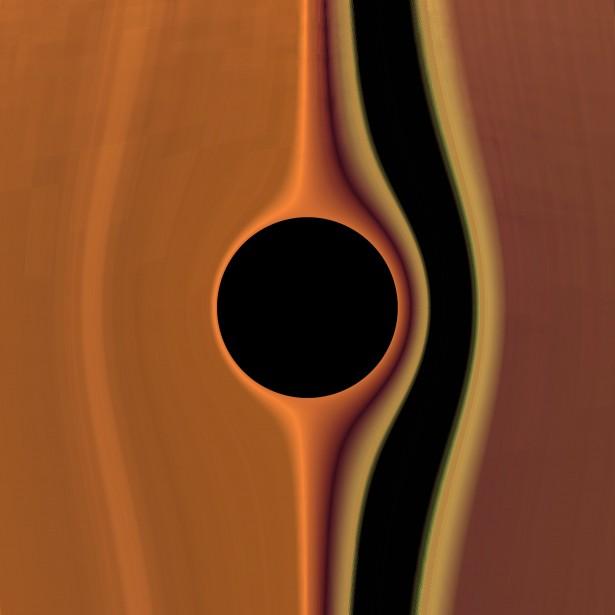Passive constrained viscoelastic layers to improve the efficiency of truncated acoustic black holes in beams

Power-law profiles at the edges of beams and plates have proved to be a very efficient way to attenuate vibrations. In an ideal scenario, for a profile with zero end thickness, the energy of flexural vibrations would never reflect from the boundaries, giving place to what is known as the Acoustic Black Hole (ABH) phenomenon in mechanics. In practice, however, the edge must be truncated which results in a non-zero reflection coefficient. To partially mitigate this problem, a viscoelastic layer (VL) is typically placed at the tip of the ABH termination to compensate for the effects of truncation. Instead, in this work it is shown that one can achieve better results by resorting to a passive constrained viscoelastic layer (PCVL). The latter consists of a sandwich made of a viscoelastic layer (VL) plus a constrained layer (CL). An analytical model is developed to describe the performance of a truncated ABH beam with PCVL, where the displacement fields are expanded by means of Gaussian functions. The model is validated through finite element (FEM) simulations and experiments. It is observed that a truncated ABH beam with PCVL at the tip performs better than an ABH beam with an unconstrained VL, even if they add equal mass to the system.

Figure. Experimental setup with the bare ABH beam and that with PCVL to validate the semi-analytical model.
This research has emerged as a first collaboration between the Automobile Engineering Department from the Chongqing University, China, and the GTM.
Jie Deng, Ling Zheng, Pengyun Zeng, Yifang Zuo and Oriol Guasch (2019), "Passive constrained viscoelastic layers to improve the efficiency of truncated acoustic black holes in beams". Mechanical Systems and Signal Processing, 118, pp. 461-476. Link
This work has been funded by the National Natural Science Foundation of China under Grant (51875061) and the China Scholarship Council (CSC No.201806050075). The authors gratefully acknowledge this support as well as the in-kind assistance from La Salle, Universitat Ramon Llull, and the Chongquing University to make that collaboration possible. The fifth author would also like to thank l'Obra Social de la Caixa and the Universitat Ramon Llull for their support under grant 2018-URL-IR2nQ-031.